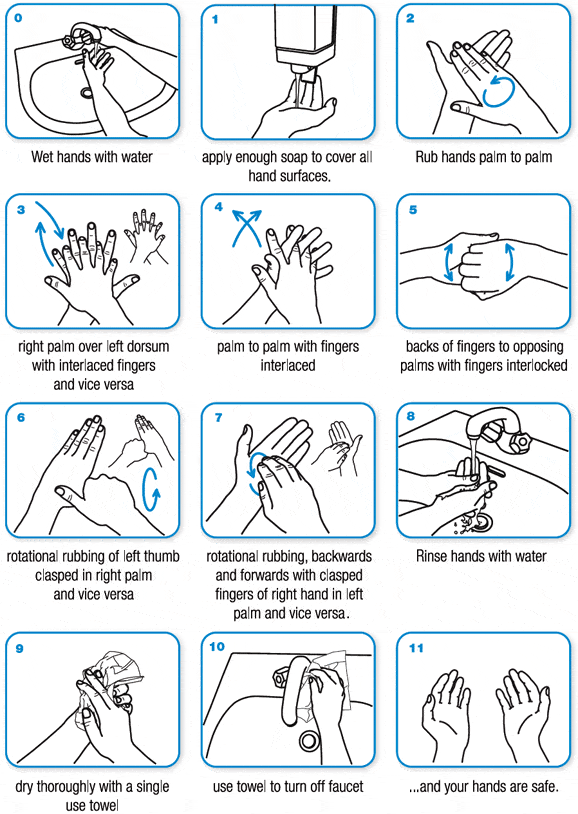The post I wrote at the beginning of the pandemic ended with “But we’re going to be alright.”
It sounded half-hearted then, and I was considering whether to put it in or not. Still, in the end, I decided that the purpose of the post was to reduce my anxiety, so I kept it.
Since then, I tried to write several posts just as a memory checkpoint but could never finish. They’re still in the drafts but unlikely to be seen by anyone but me.
Back then (a year ago), I chose to focus on the positive outcomes that the pandemic may produce. Now it’s time to check how it unfolded in reality.
Remote Work
This was a no-brainer, obvious thing to me. I worked remotely for at least half of my career and always thought that remote work share will just slowly inch up. The pandemic significantly accelerated the process.
However, I failed to see how many will struggle to work from home. Some couldn’t focus because it was too big of an adjustment for them. Others would struggle because they live in smaller places where there are just too many people around to be productive. Top it up with children not being in school to make it extra hard to stay productive.
Each of us probably had a video call where someone’s kid walks in, or a spouse makes a guest appearance in a washed-up hoodie and sweatpants.
Still, I think this is the most favorable consequence of the pandemic. It’s not for everyone, but more people will be able to work remotely should they wish to do so.
Remote Learning
It didn’t work. In fact, this one is a total shit-show. The change was so drastic and abrupt, it was not a pleasant experience. My child is not in school yet, so I was/is merely a spectator of others’ struggles on this one. I saw that kids couldn’t focus, parents couldn’t work, teachers hadn’t had curriculums prepared, everyone was scrambling.
Then, of course, there’s inequality. I failed to see how for some kids, the school means a meal, and not going to school may mean they will be hungry that day. If one’s in that situation, chances are they don’t have a laptop to do the remote learning either.
But even the kids who are fortunate to grow up in a well-off household are struggling. Turns out, having peers and teachers close-by plays an essential part in the overall learning process. Some children don’t mind, some are thriving, and many are struggling.
There are programs to provide meals to students and the necessary technology for e-learning. But those are not real solutions, more like mitigation.
Carbon Footprint
Yes, carbon dioxide emissions had dipped, but it likely won’t have a pronounced long-term impact.
Global carbon dioxide emissions fell by 2.6 billion metric tons in 2020, to 34 billion metric tons — a projected decrease that puts it at about 7% below 2019 levels, carbon-tracking research shows.
Regardless, one year of nose-diving emissions isn’t enough to make a serious long-term impact, Le Quéré and her coauthors wrote. To meet the Paris climate targets, the U.S. and the rest of the world will need to cut their emissions by about 1 billion to 2 billion metric tons per year — near-pandemic-level reductions — for every year throughout the 2020s.
https://news.yahoo.com/covid-19-helped-slash-2020s-160017912.html
Yet, it may as well be the global oil demand has peaked and will only decline from now on.
Healthcare And Worker Rights (U.S. Specific)
Hahahahaha, nope, that totally didn’t happen.
The average cost of hospital care for COVID-19 patients without insurance or who receive out-of-network care varies greatly by age – from $51,389 for patients between 21- and 40-years-old to $78,569 for patients between 41 and 60 years old, according to updated cost analysis data from FAIR Health.
https://www.healthcarefinancenews.com/news/average-cost-hospital-care-covid-19-ranges-51000-78000-based-age
Really it’s hysterical (not in a funny way, of course). Imagine almost dying and then being hit with a bill like that. For some, it’s gruesome reality.
Personal Hygiene
I was so-so-so wrong on this one. I couldn’t imagine that masks will become such a polarizing issue. I thought (and think to this day) it’s such a simple, effortless thing to do. Yet, some people would be ready for a physical confrontation to not wear a mask, and others would take it to the streets.
Food Waste
Honestly, hadn’t paid any attention to it on a global scale. We certainly got better around not wasting food at home, but I’d be lying if I said it doesn’t happen at all.
Personally
Juxtaposed to global misery, we’re doing just fine. We never got infected (at least to our knowledge), did 3 tests total, all were negative, so even if we had it, we were asymptomatic. I’m going to do an antibody test just to be sure the next week, when I’ll finally go to my annual medical exam (the last one was in 2019).
It was rough. It still is. During the initial lockdown, mental health took a hit. Mostly it was around the fear of the unknown and crushing apathy. Apathy is the reason why I never finished any of those previous posts.
Since then, the fear of the unknown got replaced by the fear of the known. That’s marginally better for me because when I fear something known, I can take steps to avoid it, thus maintaining an illusion of control.
Enter “risk budget calculation”! Something I get to do every day, so much, so it’s like a background process now. Is this thing I want/need to do really worth the risk of doing it? How big is the reward for me to considering taking this risk?
There’s not a single day when I’m not grateful for what I have. I recognized that I live a privileged life, I realized how lucky I am.
What’s next?
Since the beginning, I put all my faith in science, humans – not so much.
The science came through. We got efficacious vaccines, and everyone who wishes to get vaccinated will get to do it soon.
Humans, though, made it so much worse than it could’ve and should’ve been. I’m looking at some Asian countries which crushed it and can’t help but shake my head at the total self-inflicted mess we have here in the U.S. or back home.
Many people could’ve been alive today if more of us put the public good first. Instead, freedom to do the wrong thing prevailed. Unsurprisingly to me, really. Humankind likes to think of it as the pinnacle of creation, where in reality, we’re just a bunch of evolved primates driven by the same primal instincts.
I’m optimistic the worst is over, but I’m not getting my hopes too high.


